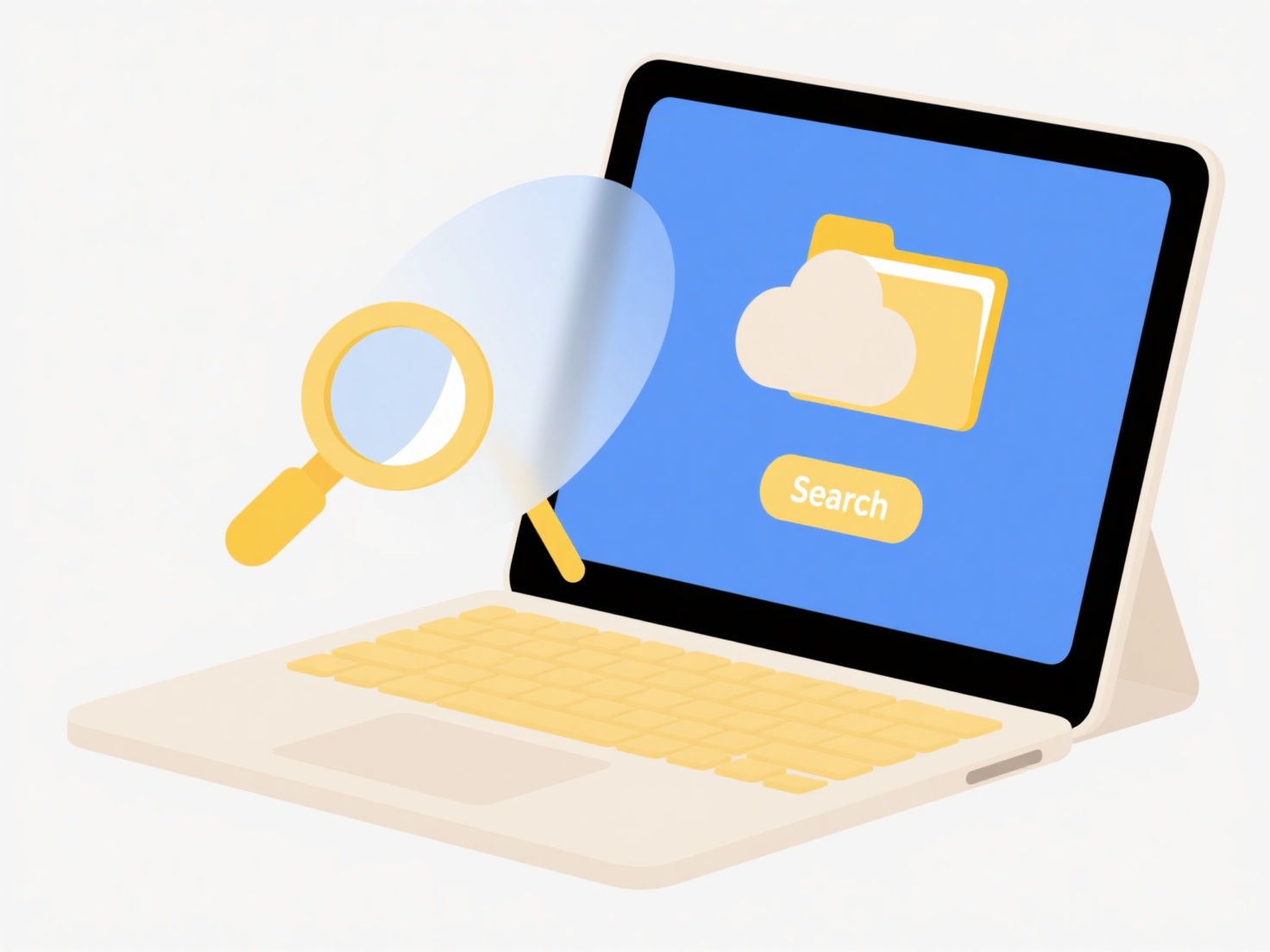
Selective folder syncing allows users to choose specific folders from their cloud storage to automatically download and update on a local device, unlike a full sync which copies everything. This gives you control over which cloud content occupies space and syncs activity on your computer or phone. It essentially filters the vast storage available remotely down to a manageable, relevant local subset.

For example, with cloud platforms like OneDrive, Google Drive, or Dropbox, you might configure the desktop app to sync only your current work project folders locally rather than your entire archive. Creative professionals often use Adobe Creative Cloud's selective sync to download assets only for the specific design or video project they are actively working on to save significant local disk space. Project management tools like Box or SharePoint also offer similar granular control over syncing library or site contents.
This feature offers major advantages in efficiency by saving local storage and bandwidth and maintaining privacy by excluding sensitive folders from synced devices. A potential limitation is complexity: managing different synced sets across devices requires careful configuration to avoid confusion or missing files needed unexpectedly offline. Future developments focus on smarter AI-powered recommendations for syncing patterns and improved handling of frequently changing shared folders. This flexibility remains vital for balancing cloud accessibility with local device performance and storage constraints.
Can I choose which folders sync from the cloud?
Selective folder syncing allows users to choose specific folders from their cloud storage to automatically download and update on a local device, unlike a full sync which copies everything. This gives you control over which cloud content occupies space and syncs activity on your computer or phone. It essentially filters the vast storage available remotely down to a manageable, relevant local subset.

For example, with cloud platforms like OneDrive, Google Drive, or Dropbox, you might configure the desktop app to sync only your current work project folders locally rather than your entire archive. Creative professionals often use Adobe Creative Cloud's selective sync to download assets only for the specific design or video project they are actively working on to save significant local disk space. Project management tools like Box or SharePoint also offer similar granular control over syncing library or site contents.
This feature offers major advantages in efficiency by saving local storage and bandwidth and maintaining privacy by excluding sensitive folders from synced devices. A potential limitation is complexity: managing different synced sets across devices requires careful configuration to avoid confusion or missing files needed unexpectedly offline. Future developments focus on smarter AI-powered recommendations for syncing patterns and improved handling of frequently changing shared folders. This flexibility remains vital for balancing cloud accessibility with local device performance and storage constraints.
Related Recommendations
Quick Article Links
Can I quarantine suspicious shared file activity?
Quarantining suspicious shared file activity isolates risky interactions within shared storage environments, such as cor...
What tools are available for bulk renaming on Windows/macOS?
Bulk renaming tools enable renaming multiple files or folders simultaneously based on patterns, rules, or metadata, savi...
Can I sync folder structures across cloud services?
Syncing folder structures across cloud services means maintaining the same directory hierarchy (folder names and nesting...